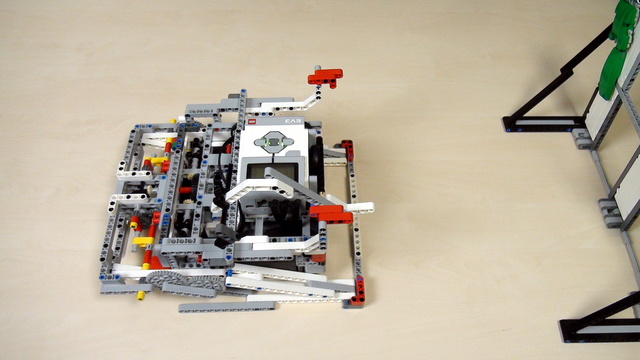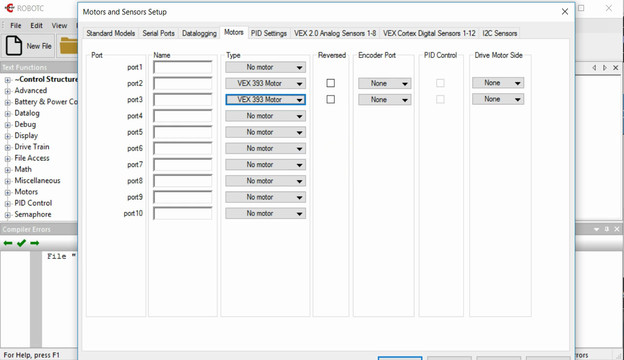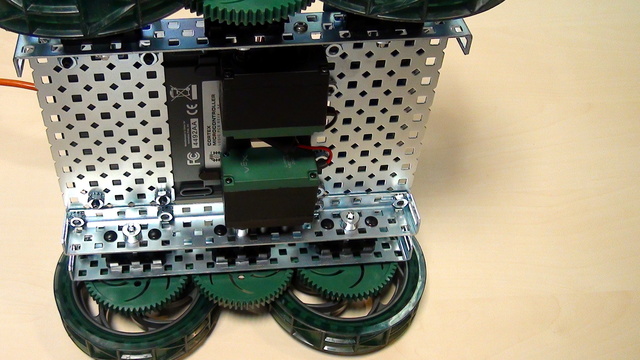
Improving Robot Game. Lifting a robot. Introduction.
The FIRST LEGO League competition is similar each year. With a little experience you could accomplish most of mission. The goal of this episode is to introduce you to the course, its purpose and approach.
- #434
- 06 Mar 2017


























